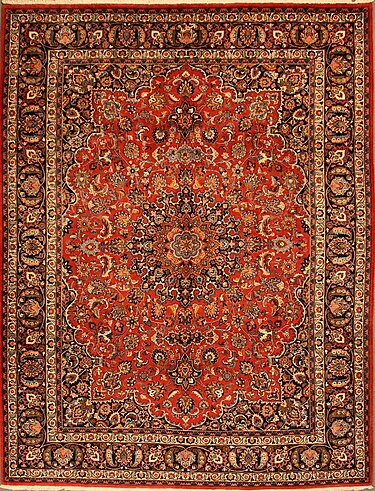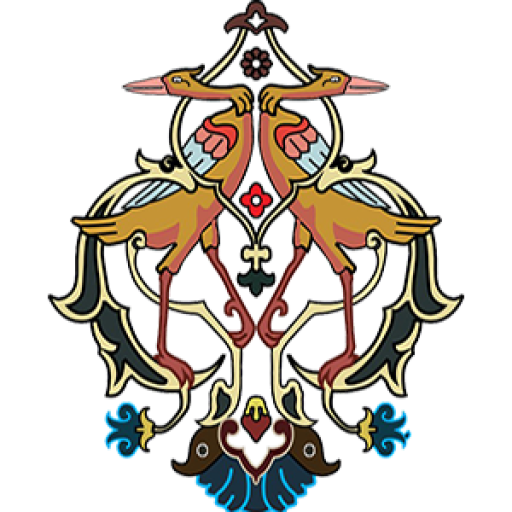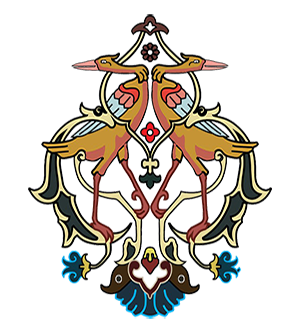History of Isfahan Carpets
Carpet weaving in Isfahan has a rich and long-standing history, dating back to the Safavid era (16th-18th centuries), when the city was a major political and cultural center. During this time, Isfahan became a hub for the arts, and carpet weaving flourished as a result of royal patronage. The Safavid rulers not only established workshops but also introduced new techniques and styles that elevated the craft to an art form.
Carpet weaving in Isfahan reached its peak in the 17th century, when the city was under the rule of Shah Abbas I. He invited master weavers from various parts of Iran to work in the royal workshops. These carpets were often commissioned by the royal court and were intended for use in palaces, mosques, and other grand structures. As Isfahan’s importance as a political and artistic center grew, so did its reputation for producing the finest carpets in Iran.
Today, Isfahan remains one of the most important centers of carpet production in Iran, maintaining a connection to its historical roots while adapting to modern trends.





